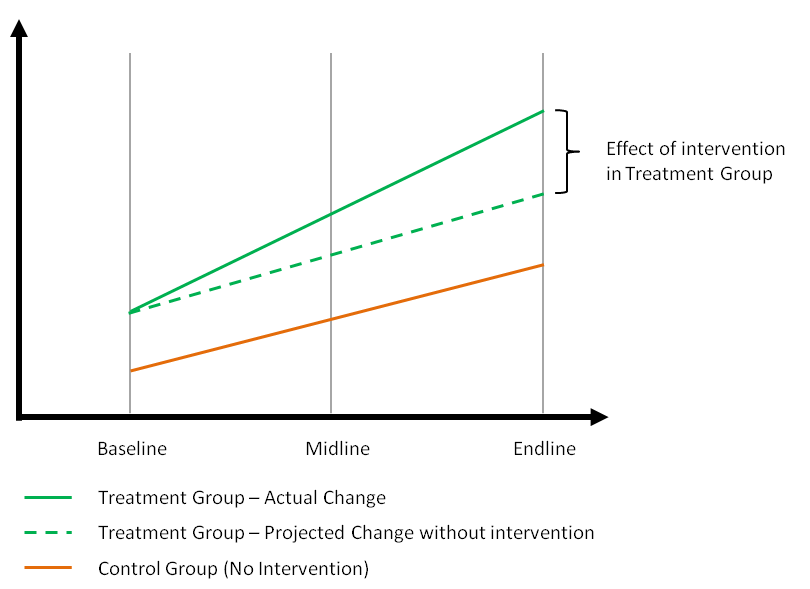Assessment & Evaluation
Measuring the effectiveness and impact of social projects, and synthesising results to enable stakeholders to make informed decisions.
Questions we help you answer?
Are program beneficiaries adequately reached by our activities?
Are there other populations the program should be reaching?
How do program beneficiaries interact with the program?
Are program beneficiaries they satisfied with the program?
How is the project administratively or organisationally functioning?
Are programs achieving the envisaged outcomes, objectives, and goals?
Are programs beneficial to the target population? How So?
Do they have any unintended or negative effects?
What this looks like in Practice?
Monitoring Process Design
Tool Development
Program Monitoring
Process Evaluation
Impact Assessment/Evaluation
Monitoring and Evaluation Training for Teams
Sample of Work
Conducting a Longitudinal Impact Study of a Learning Intervention
ABC partnered with a national NGO to evaluate the effectiveness of an intervention in Government schools of Maharashtra.
ABC designed the set of evaluation tools to be used, and conducted the study across three years, comparing schools within the program to control schools.
The study measured programme impact in three key focus areas:
Learning,
School Engagement, and
Attitudes & Awareness.
Using a difference in differences approach, the study demonstrated the quantifiable impact on the beneficiaries and provided a comprehensive evaluation of the effectiveness of the program, recommending areas for improvement.
ABC used the following tools as part of the study:
Assessment: Administering contextually relevant and robust standardised assessments
Survey: Collecting self-reported measures around key focus areas
Observation: Observing students social skills along objective criteria






